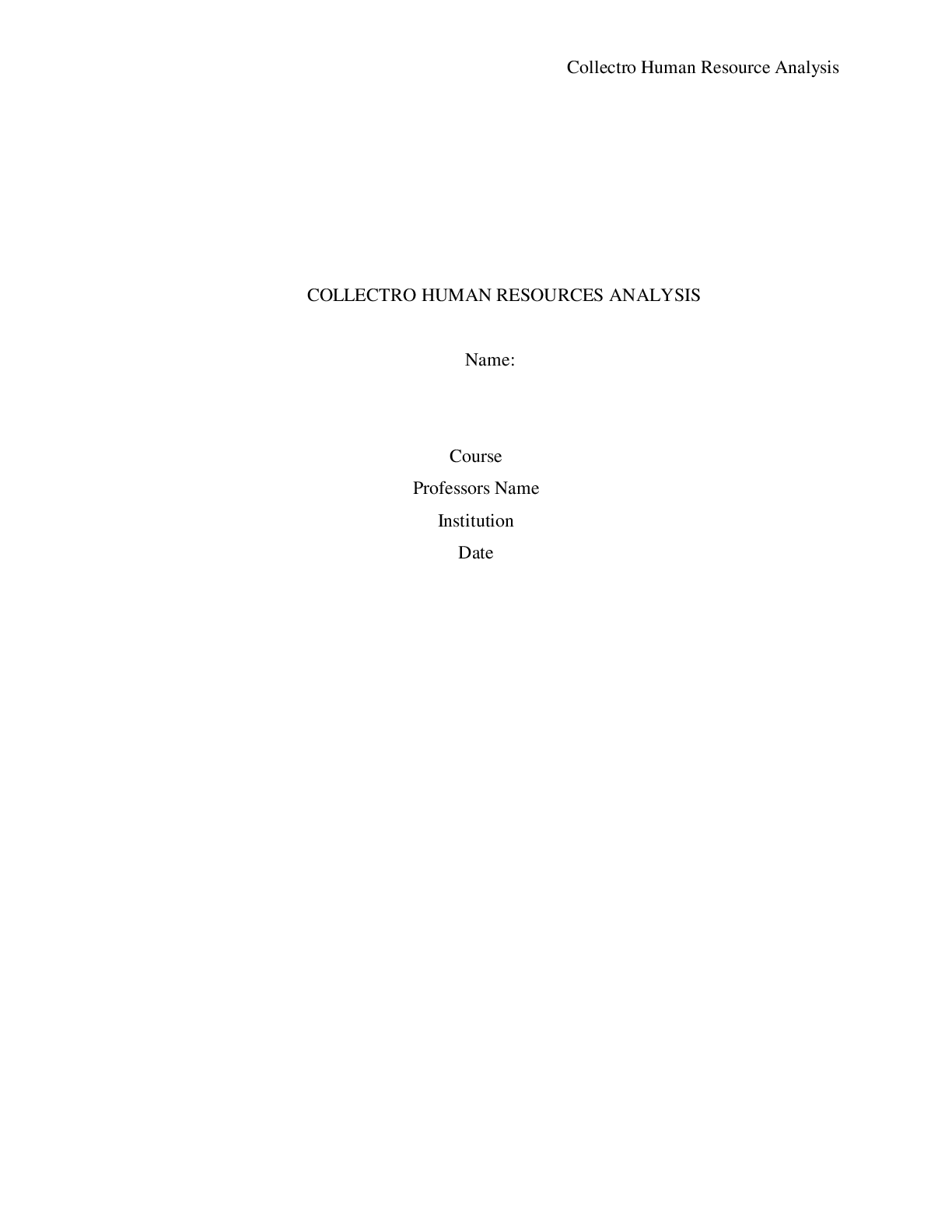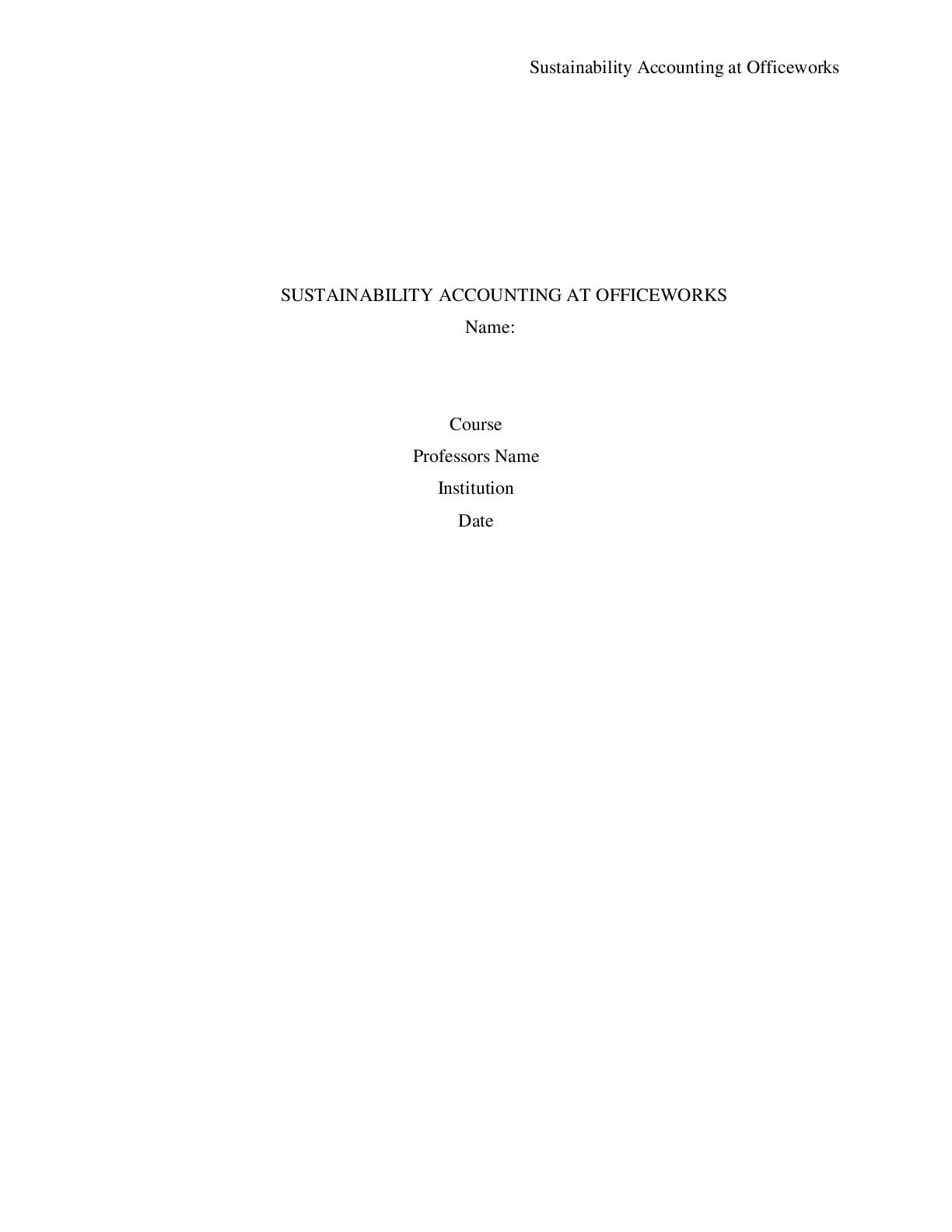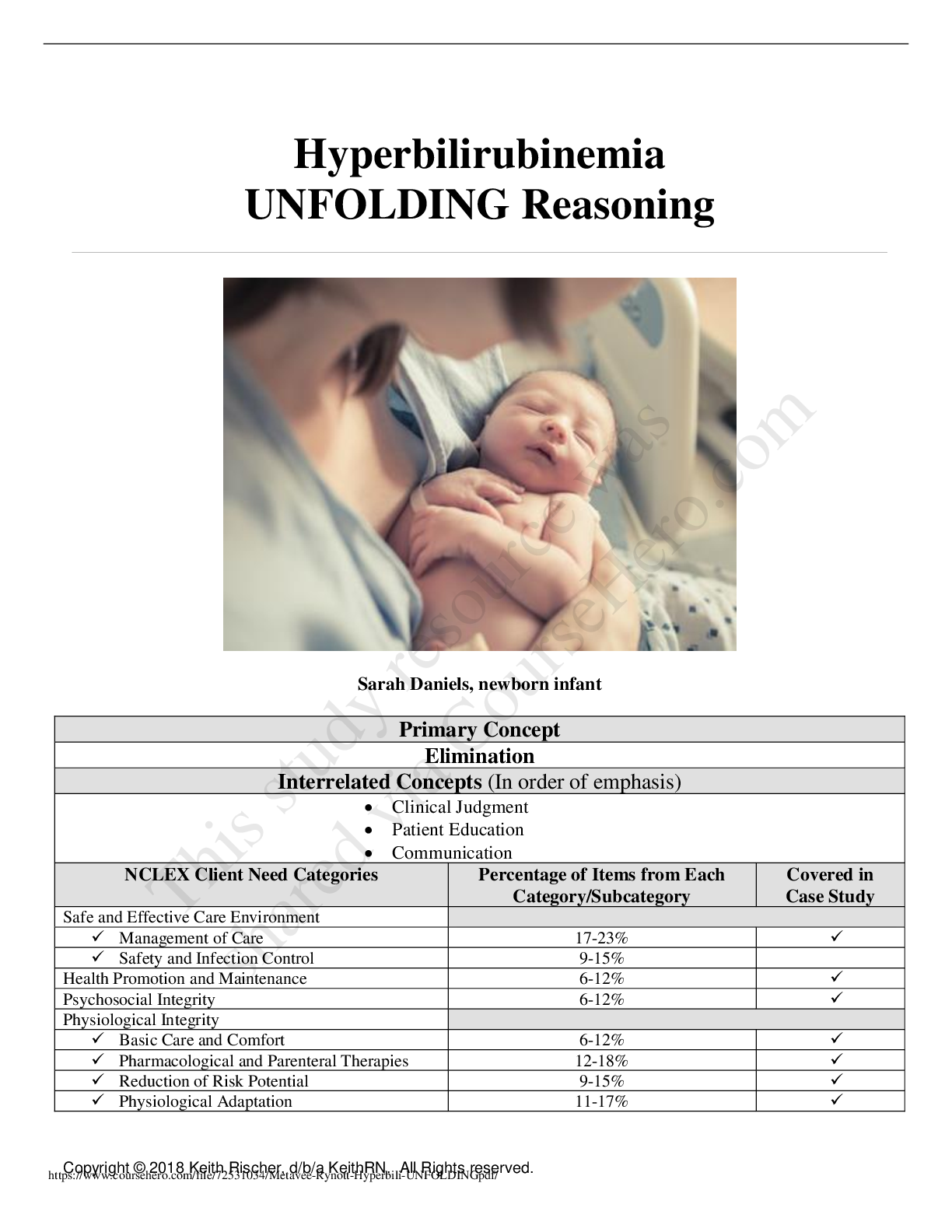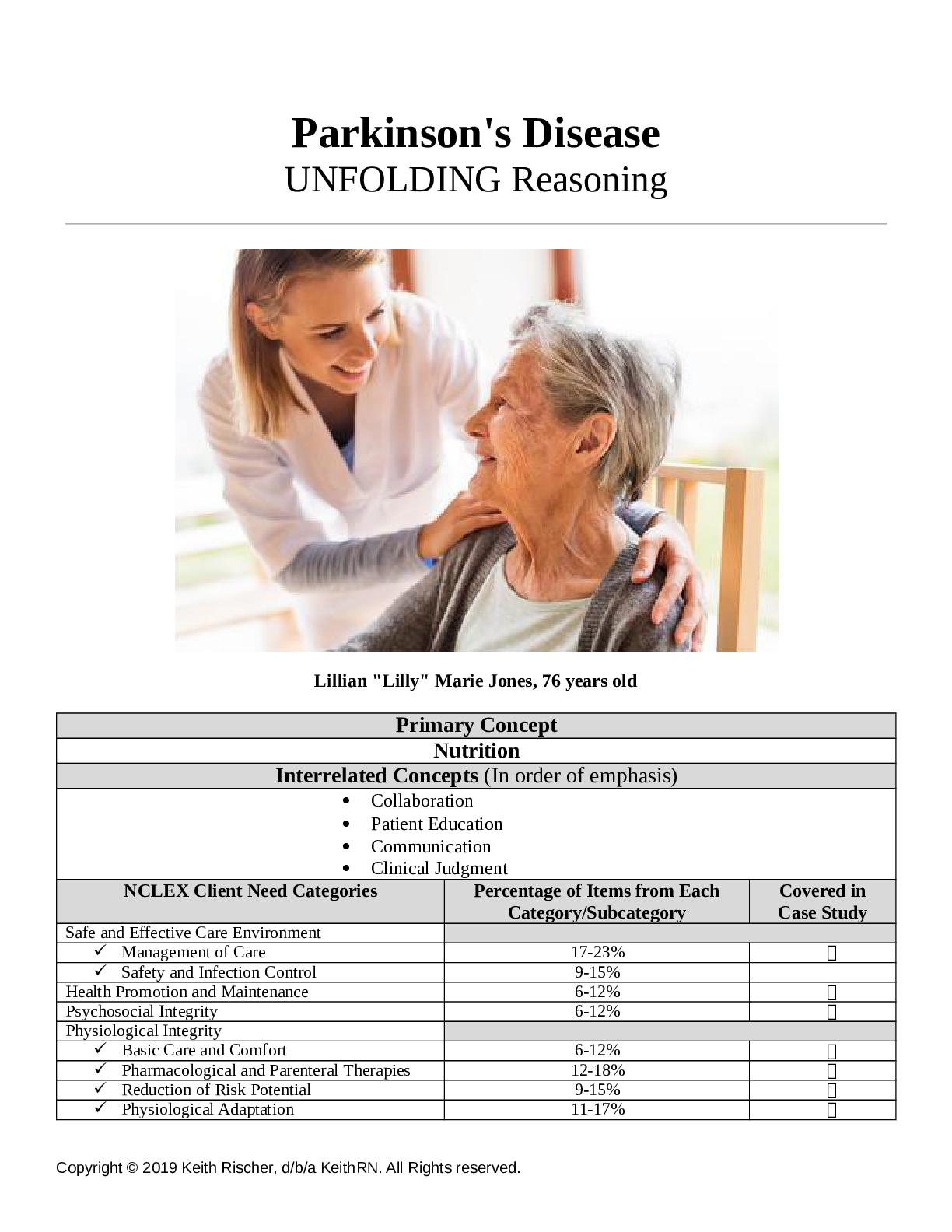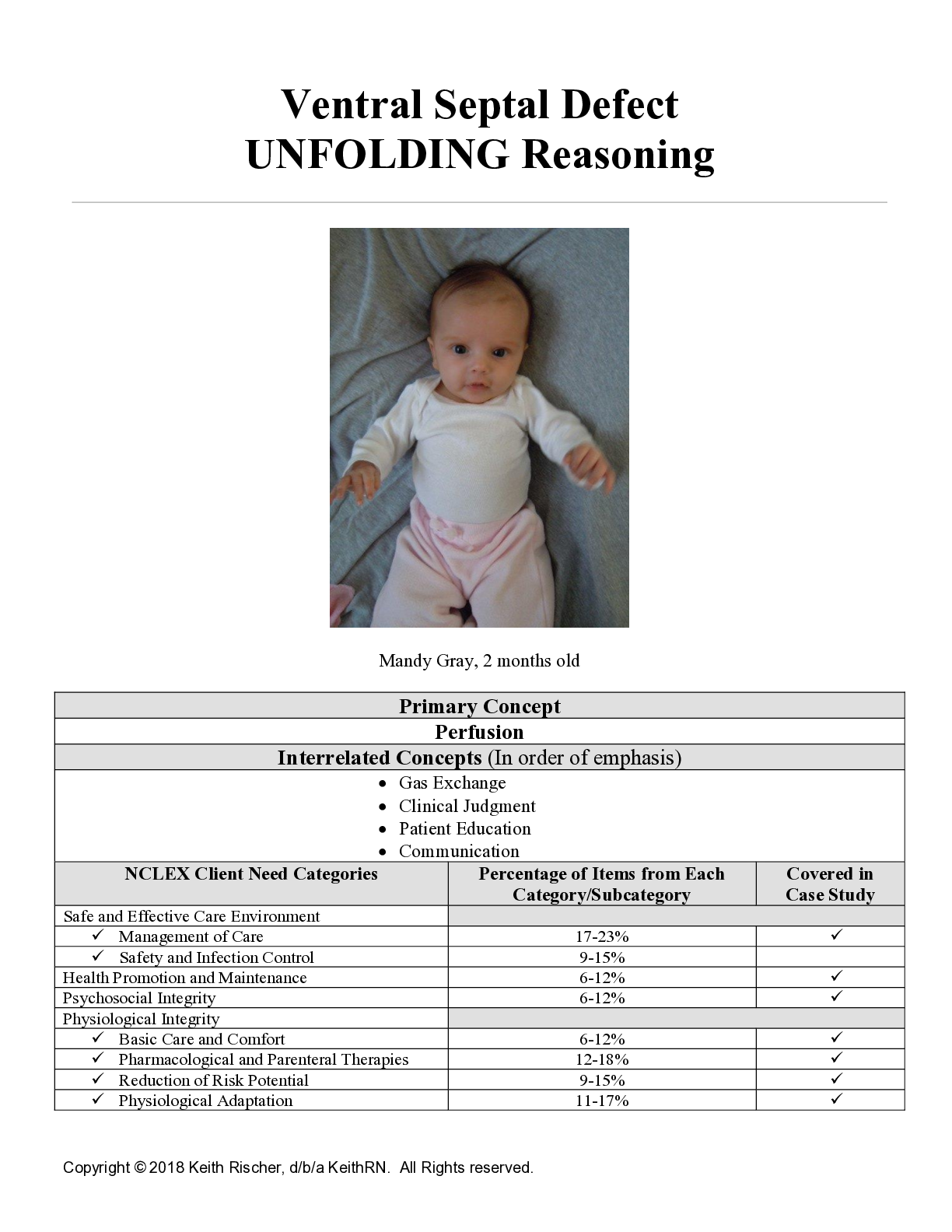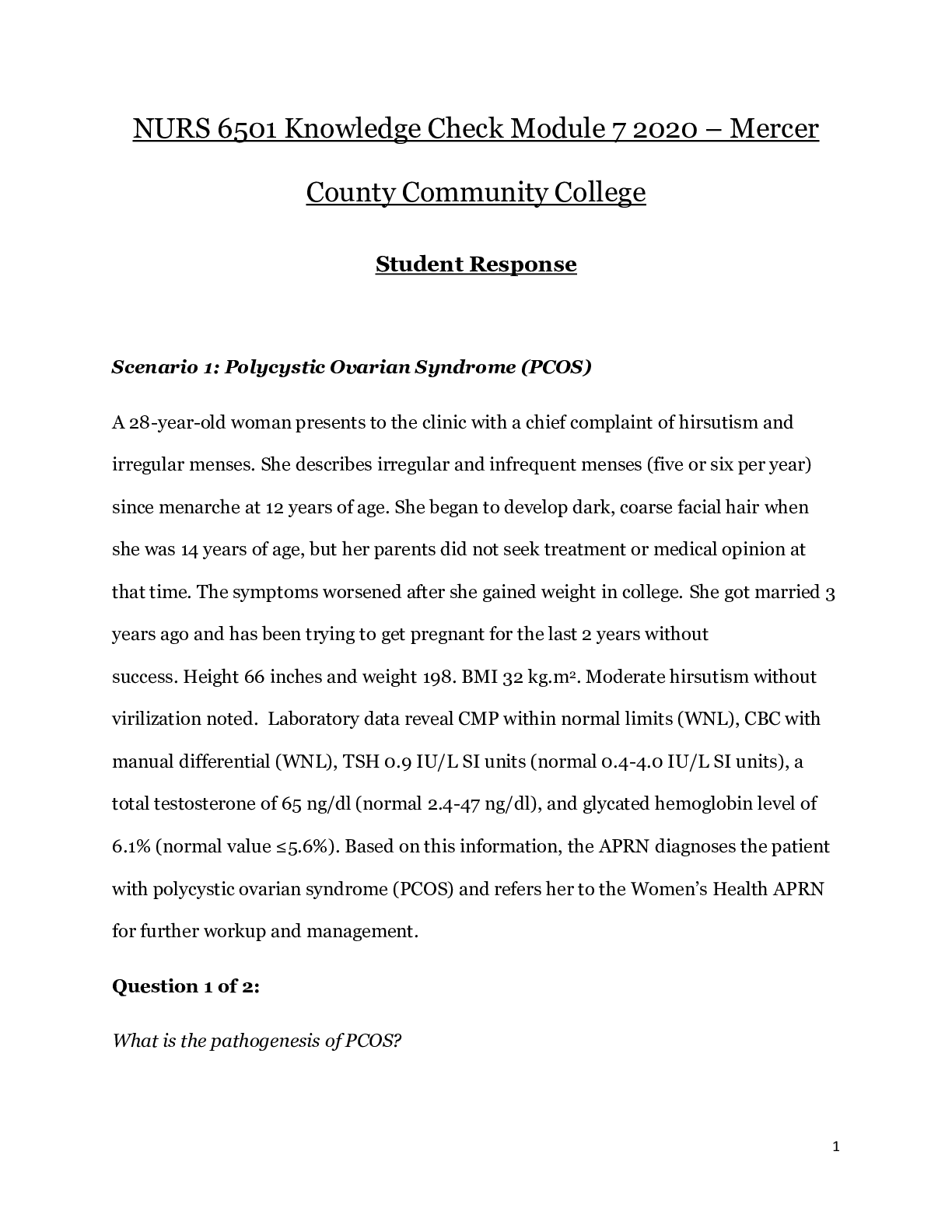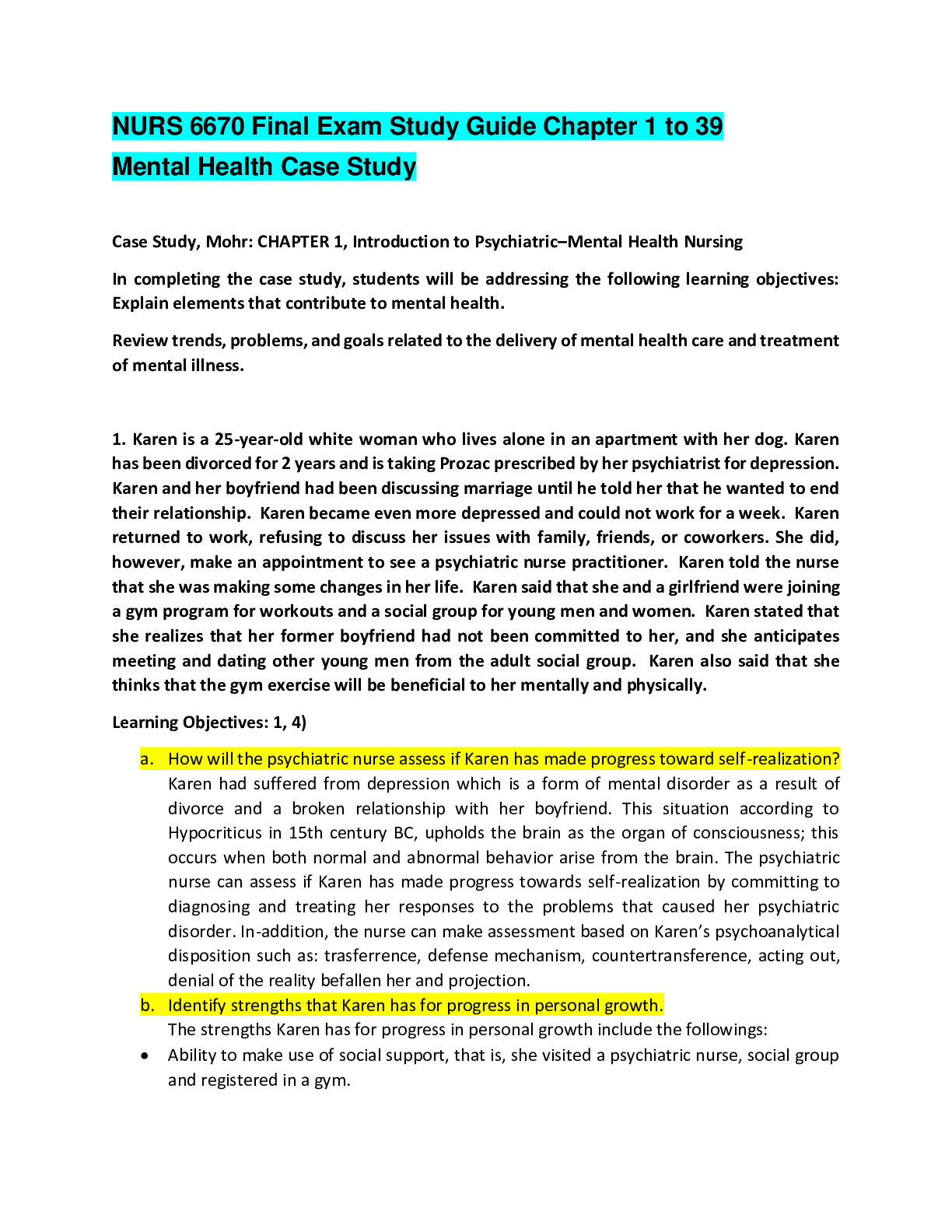*NURSING > CASE STUDY > NR 603: Week 1 Discussion: Compare and Contrast: Benign Positional Vertigo and Meniere's Disease (All)
NR 603: Week 1 Discussion: Compare and Contrast: Benign Positional Vertigo and Meniere's Disease
Document Content and Description Below
NR 603: Week 1 Discussion: Compare and Contrast: Benign Positional Vertigo and Meniere's Disease Dr. Starks & Class, The purpose of this discussion is to compare and contrast benign positional vertigo... (BPV) also known as benign paroxysmal positional vertigo (BPPV) and Meniere’s disease (MD) as well as to disseminate how the provider can recognize and further evaluate similarities and differences in these two similar diseases in order to determine the correct diagnosis and management. BPV and MD are two neurological disorders that may be challenging for a provider to identify the correct diagnosis because they have similar signs and symptoms, with the chief complaints being dizziness. The complaint of dizziness encompasses numerous sensations including presyncope, lightheadedness, vertigo, and disequilibrium (Yetiser, 2017). The complaint of dizziness is encountered frequently in the primary care setting and the complaint can be vague and imprecise. It is imperative that the primary care provider is able to distinguish benign causes from more serious etiologies (Muncie et al., 2017). It is estimated that the chief complaint of dizziness, including vertigo is reported by 15% to 20% of adults annually. A common form of vertigo is identified as BPV and nearly 2.9 % of the population will experience BPV in their lifetime. Due to the age -related changes in the otolithic membrane the incidence of BPV increases with age. Although, BPV can occur at any age, the prevalence is significantly higher is in persons 50 to 70 years of age. Interestingly, this disease process is two to three times more common in females than males (Palmeri et al., 2019). On the other hand, MD can also occur at any time across the lifespan. However, the onset most commonly presents between 20 to 60 years of age (Muncie et al., 2017). Studies suggest that the incidence between men are women are proportionately equal. Approximately, 0.2% of the American population has a diagnosis of MD, making it a more rare disorder (American Hearing Research Foundation, 2020). [Show More]
Last updated: 11 months ago
Preview 1 out of 6 pages
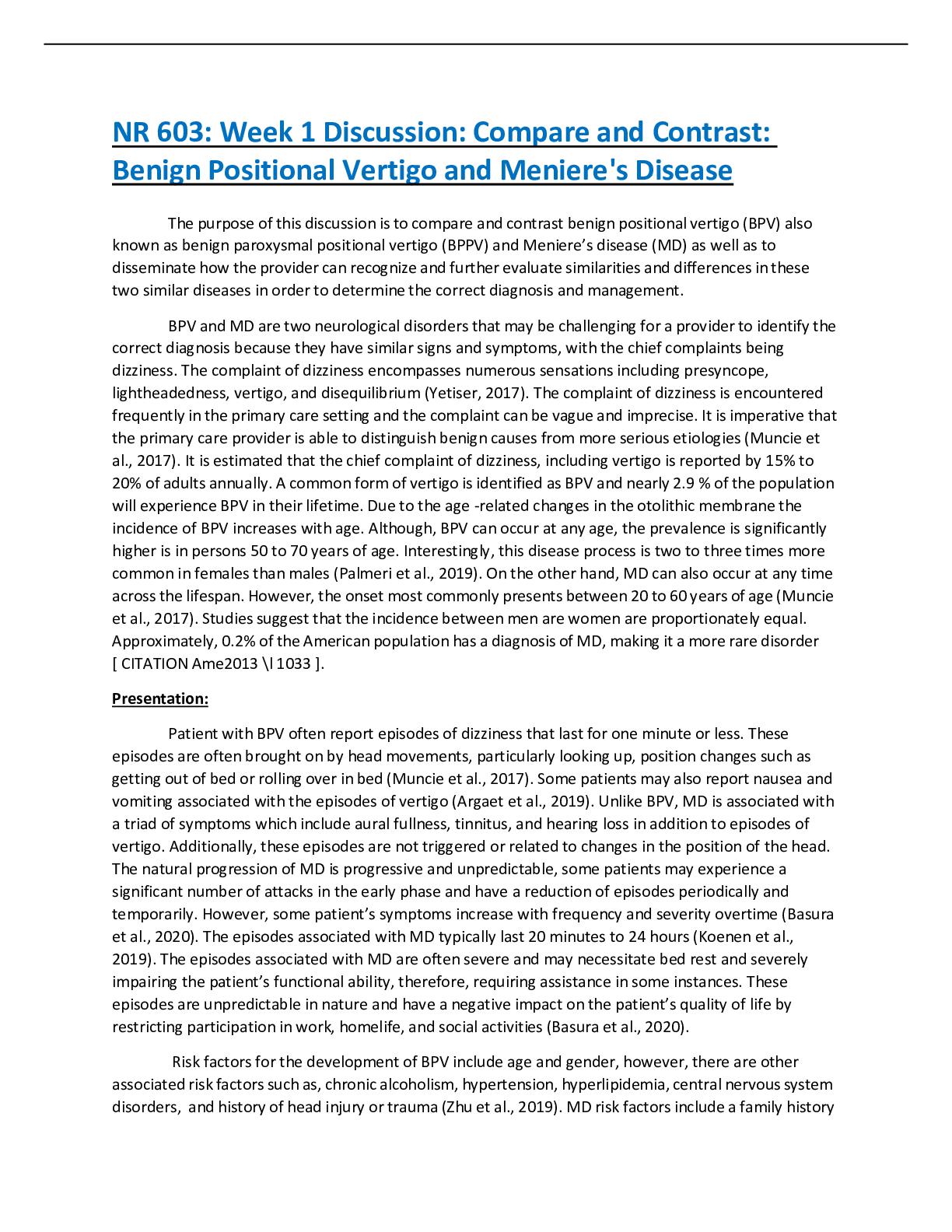
Reviews( 0 )
Document information
Connected school, study & course
About the document
Uploaded On
May 09, 2023
Number of pages
6
Written in
Additional information
This document has been written for:
Uploaded
May 09, 2023
Downloads
0
Views
66





